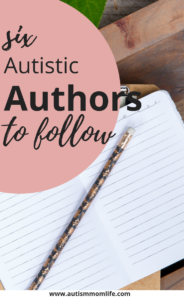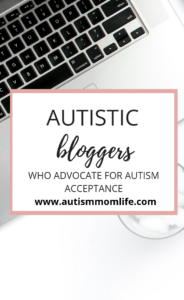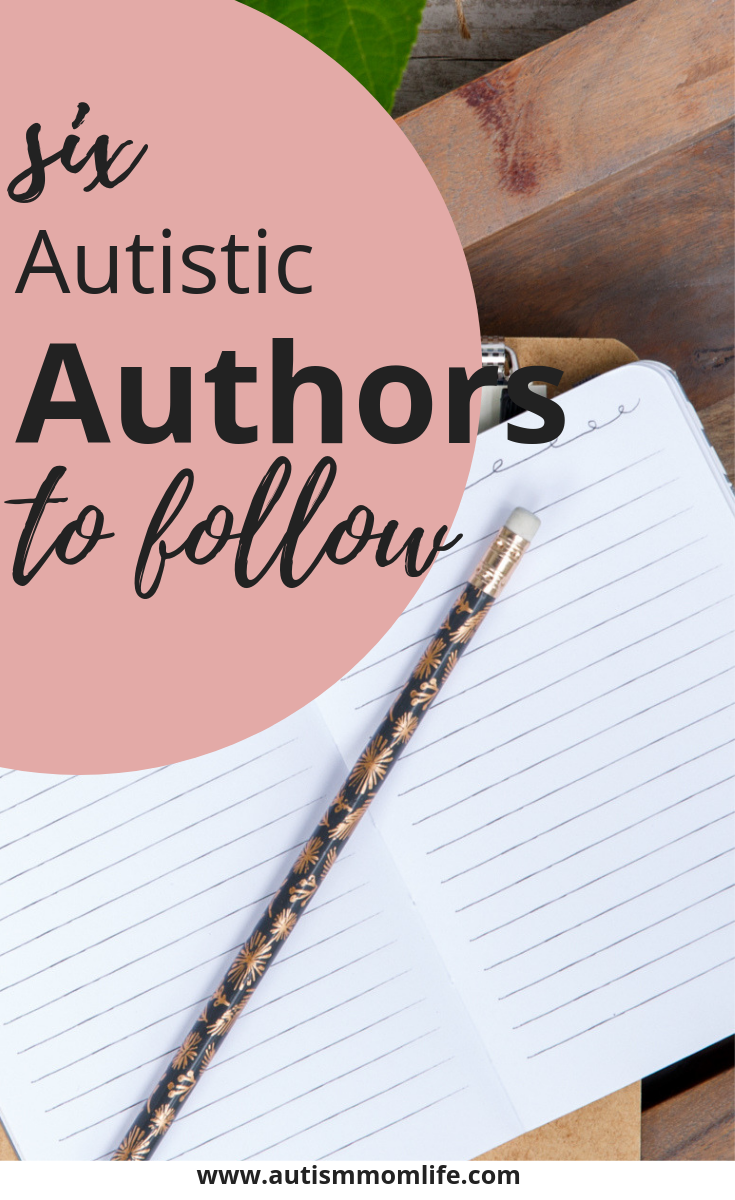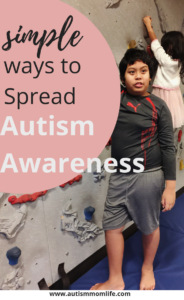This post may contain affiliate links. If you choose to purchase through my links there are no additional costs to you. Thank you for your support.
Happy Autism Awareness month, friends!
I’m thrilled that there’s more Autism Awareness now than ever before, with the CDC estimating that 1 in 59 children are now diagnosed with Autism Spectrum Disorder there are many more opportunities for awareness to spread.
While I’m thankful that people are more aware of Autism, I would love to see more kindness, more love, and more acceptance for those who are differently-abled.
Does awareness truly mean acceptance?
Awareness, as defined by Merriam-Webster, is the quality or state of being aware: knowledge and understanding that something is happening or exists. While acceptance, as defined by Merriam-Webster, is:: the quality or state of being accepted or acceptable. Accept: believe or come to recognize (an opinion, explanation, etc.) as valid or correct.
I don’t want people to simply “light it up blue” once a year and check the feel-good box off their list.
“Yup, I showed that I support individuals with Autism.” Check.
Instead, true acceptance means to understand and get to know those on the Autism Spectrum.
While yes, you can learn about Autism from a textbook written by Autism professionals, or from all the posts you see on Facebook, but, what if you can see things from the perspective of those who are actually Autistic (I use this particular term as many young adults on the spectrum have informed me that they prefer it to “individual with Autism” while others prefer “with Autism”)?
So, today, I’m going to do things a little differently and actually share some of my favorite books written by authors who are on the Spectrum.
As Philip of Faith, Hope, and Love with Autism puts it, “Autism awareness month is here. I get lost in the very big commotion. Making a lot of noise about autism is good only if it brings better treatment to autistics.
My life is better because I got to do RPM (which stands for Rapid Promoting Method). I am not better because of research or funds from autism speaks. It is the daily work and the love of my family that makes the most important difference. Autism awareness is good. Acceptance is better. Action is best.”

These books are unlike anything else in its genre and inspired our family to begin our own journey in using a letterboard, iPad, & keyboard to communicate with our non-speaking son.
“Ido In Autismland: Climbing Out of Autism’s Silent Prison” by Ido Kedar
Ido in Autismland opens a window into non-verbal autism through dozens of short, autobiographical essays each offering new insights into autism symptoms, effective and ineffective treatments and the inner emotional life of a severely autistic boy.
In his pithy essays, author Ido Kedar, a brilliant sixteen-year-old with autism, challenges what he believes are misconceptions in many theories that dominate autism treatment today while he simultaneously chronicles his personal growth in his struggles to overcome his limitations.
“The Reason I Jump: The Inner Voice of a Thirteen-Year-Old Boy with Autism”
by Naoki Higashida
You’ve never read a book like The Reason I Jump. Written by Naoki Higashida, a very smart, very self-aware, and very charming thirteen-year-old boy with autism, it is a one-of-a-kind memoir that demonstrates how an autistic mind thinks, feels, perceives, and responds in ways few of us can imagine.
Parents and family members who never thought they could get inside the head of their autistic loved one, at last, have a way to break through to the curious, subtle, and complex life within.
“How Can I Talk If My Lips Don’t Move: Inside My Autistic Mind”
by Tito Mukhopadhyay
The autistic author of The Mind Tree presents a personal account that offers further insight into the autistic mind, sharing his views on how he interacts with others, experiences the creative process, and processes sensory information.
“A Different Childhood”
by Iris Johansson
What’s wrong with Iris?
She is difficult to make contact with, she talks gibberish. She refuses food, she wets herself, screams for almost everything bites small children, and never does what she is told. And why can she in short rare moments solve problems which not even grown-ups manage?
How can she learn so many complicated words that she s heard only once? Why was she already as a small child a full-fledged liar and con artist? A different childhood is a fascinating autobiographical depiction of what it’s like to grow up with autism.
A true story about the transformative power of love and a unique document from the inside about an autistic child s life and struggle create for herself a place in the world.
“Carly’s Voice Breaking Through Autism”
by Arthur Fleischmann
In Carly’s Voice, her father, Arthur Fleischmann, blends Carly’s own words with his story of getting to know his remarkable daughter. One of the first books to explore firsthand the challenges of living with autism, it brings readers inside a once-secret world and in the company of an inspiring young woman who has found her voice and her mission.
The extraordinary and moving story of Carly Fleischmann, a teenager with severe autism who, through technology and today’s social networks, has become a passionate advocate for kids everywhere.
“The Autistic Brain: Thinking Across the Spectrum”
by Dr. Temple Grandin
In this unprecedented book, Grandin delivers a report from the country of autism. Writing from the dual perspectives of a scientist and an autistic person, she tells us how that country is experienced by its inhabitants and how she managed to breach its boundaries to function in the outside world.
What emerges in Thinking in Pictures is the document of an extraordinary human being, one who, in gracefully and lucidly bridging the gulf between her condition and our own, sheds light on the riddle of our common identity.
I hope you’ll decide to pick up a book or two from these talented authors and gain some valuable insight into their world. When we learn from those who are different from us, we realize that at the center of it all lies this common need to be loved and to be accepted for who you are.
 Next, I would like to invite you to follow at least a few Autistic bloggers/vloggers, because I want you to truly see that non-speaking does not equal non-thinking. They, just like other children with various special needs, are living, breathing, thinking human beings capable of limitless possibilities.
Next, I would like to invite you to follow at least a few Autistic bloggers/vloggers, because I want you to truly see that non-speaking does not equal non-thinking. They, just like other children with various special needs, are living, breathing, thinking human beings capable of limitless possibilities.
As you get to know some of these bloggers (and engage with them!), I believe your perspective will drastically shift about how you view those who are on the Autism spectrum.
You can follow Ido on Facebook here.
You can follow Philip on Facebook here.
You can follow Carly on Facebook here. or find her on Youtube.
Here’s the viral video of Carly’s interview with Channing Tatum.
I hope that this post helps you to not only become more aware of those with Autism but to truly accept and love them as a person. They have provided me valuable insight from the lens of Autism and shifted the way I think about advocacy and how I teach our children.
Happy Autism Awareness month, friends!
-Michelle
Related: Learn how to advocate for your child on their next IEP









Love this! Thanks for bringing light to Autism and sharing your beautiful family with us!! ❤️❤️❤️
Thank you so much, Lisa! We try to spread Autism awareness everywhere we go. <3 <3 <3